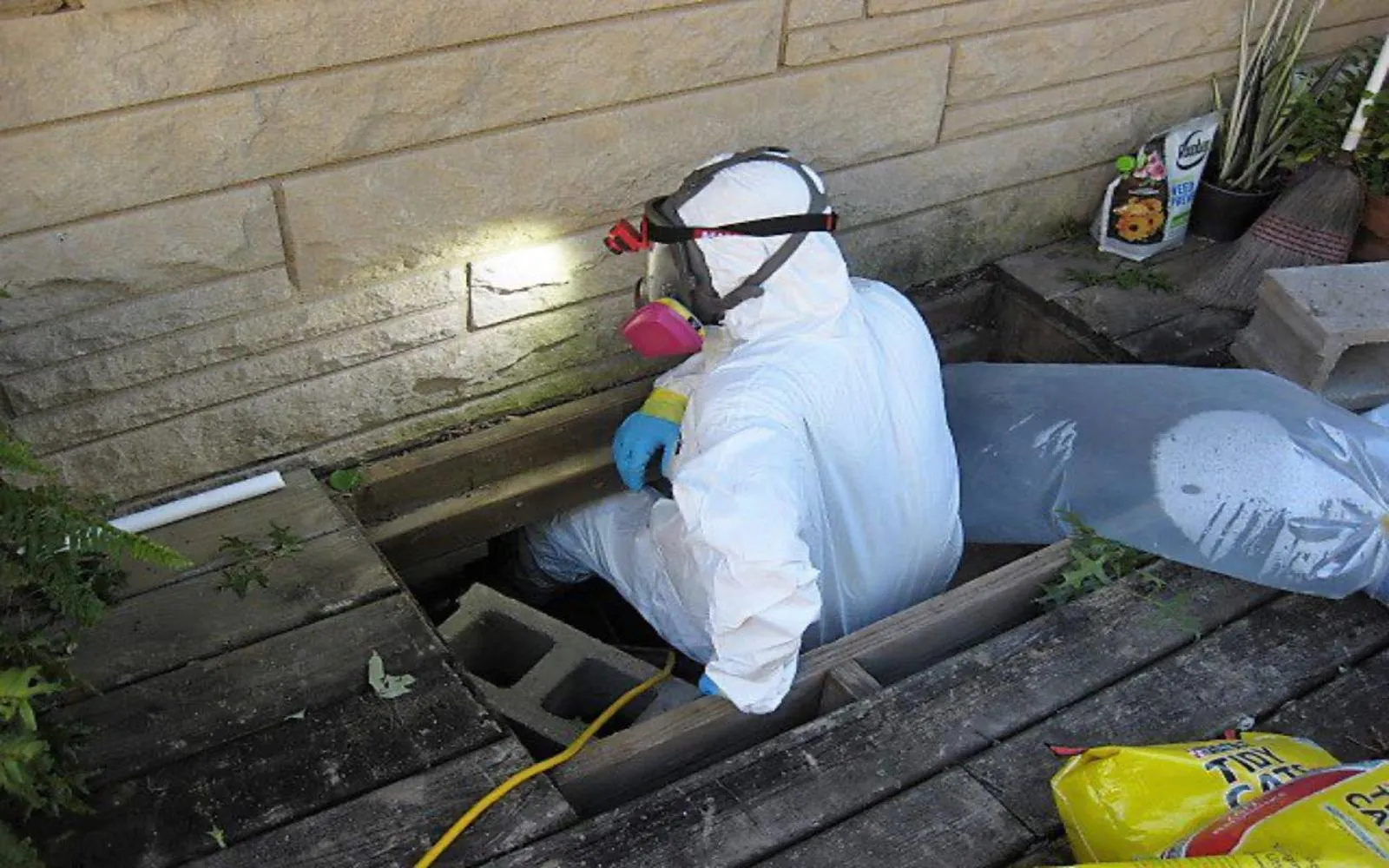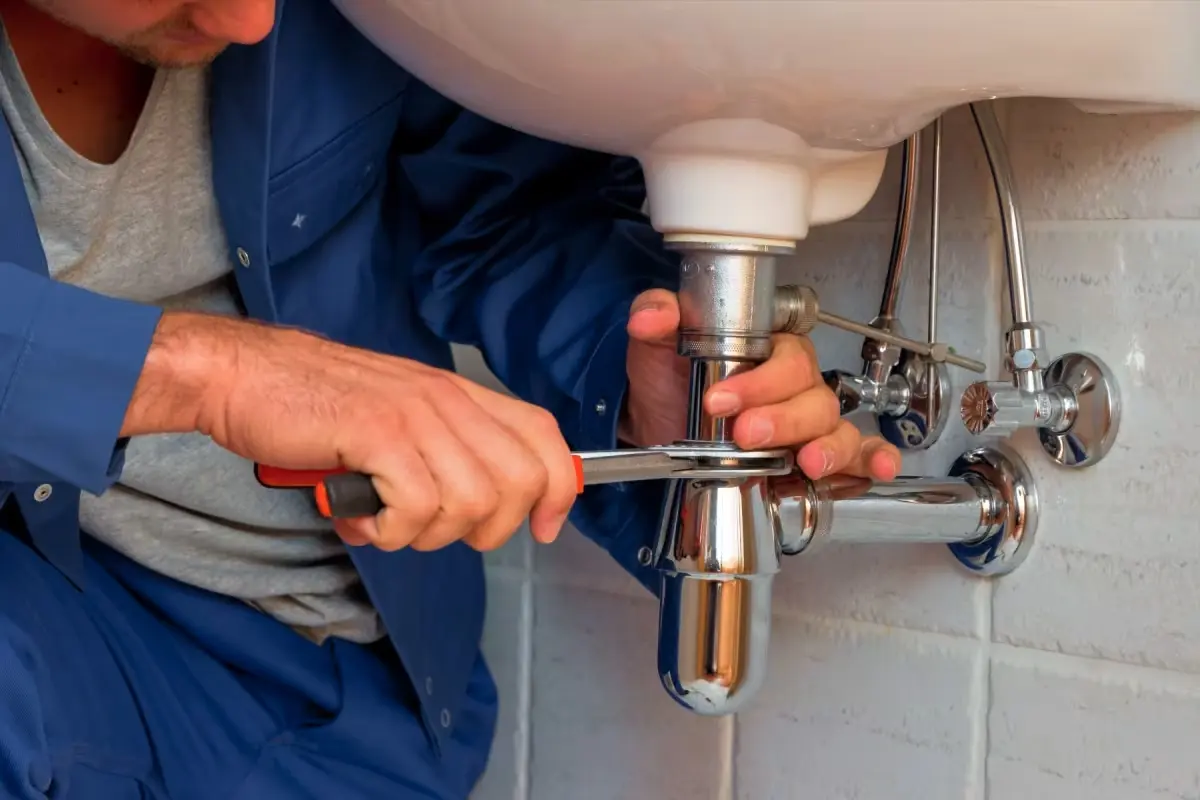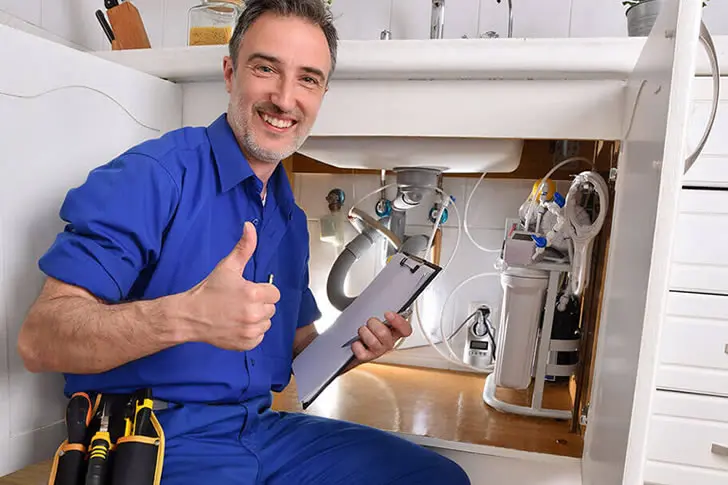
Understanding Sewage Damage and Its Risks
Sewage damage can occur for various reasons, including pipe bursts, sewage backups, and flooding. When sewage leaks into your home, it not only damages your property but also poses serious health risks. Sewage cleanup is essential to mitigate these risks and protect both your home and health. Contaminated water can harbor harmful bacteria, viruses, and other pathogens that can lead to severe health issues if not handled promptly and properly.
Common Causes of Sewage Damage
Identifying the cause of sewage damage is crucial for effective cleanup. Here are some common causes:
- Clogged Drains: Over time, drains can become clogged with hair, grease, and other debris, leading to backups.
- Pipe Bursts: Aging pipes or extreme weather conditions can cause pipes to burst, resulting in sewage leaks.
- Sewage System Failures: Malfunctions in municipal sewage systems can lead to backups in residential properties.
The Health Risks of Sewage Exposure
Exposure to sewage can lead to a range of health problems. Some of the most common health risks include:
- Gastrointestinal Infections: Pathogens found in sewage can cause vomiting, diarrhea, and other gastrointestinal issues.
- Skin Infections: Direct contact with contaminated water can lead to skin rashes and infections.
- Respiratory Issues: Mold and bacteria in sewage can lead to respiratory problems, especially for individuals with pre-existing conditions.
Importance of Professional Sewage Cleanup Services
Attempting to clean up sewage damage on your own can be dangerous and ineffective. Here are several reasons why hiring professional sewage cleanup services is crucial:
- Expertise: Professionals are trained to safely handle hazardous materials and know how to sanitize affected areas properly.
- Specialized Equipment: Sewage cleanup requires specialized tools and equipment to remove contaminants and restore your home effectively.
- Insurance Assistance: Many professional services can help you navigate insurance claims related to sewage damage, ensuring you receive the compensation you deserve.
The Sewage Damage Cleanup Process
The sewage cleanup process typically involves several critical steps:
- Assessment: Professionals assess the extent of the damage and identify the source of the sewage.
- Containment: Affected areas are contained to prevent further contamination and exposure.
- Removal: Contaminated materials, including carpets, drywall, and furnishings, are removed safely.
- Cleaning and Sanitizing: Areas are thoroughly cleaned and sanitized using specialized solutions to eliminate pathogens.
- Restoration: Finally, restoration efforts begin to return your home to its pre-damage condition.
Chart: Comparison of DIY vs. Professional Sewage Cleanup
| Factor | DIY Cleanup | Professional Cleanup |
|---|---|---|
| Time Required | Days to Weeks | Hours to Days |
| Health Risks | High | Low |
| Effectiveness | Variable | High |
| Cost | Potentially Low | Higher, but often covered by insurance |
Preventing Future Sewage Damage
While professional sewage cleanup services can effectively handle existing damage, prevention is always better than cure. Here are some tips to prevent future sewage issues:
- Regular Maintenance: Schedule routine inspections and maintenance for plumbing systems to catch potential issues early.
- Monitor Drainage: Keep an eye on drainage systems, ensuring they are clear and functioning correctly.
- Don’t Flush Non-Biodegradables: Avoid flushing items like wipes and sanitary products, which can lead to clogs.
Conclusion
In conclusion, sewage damage cleanup services are vital for protecting your home and health. By understanding the risks associated with sewage exposure and the importance of professional cleanup, you can take proactive steps to maintain a safe living environment. Remember that early intervention and prevention can save you from costly damages and health issues down the line. Don’t hesitate to reach out to trained professionals at the first sign of sewage problems in your home.


